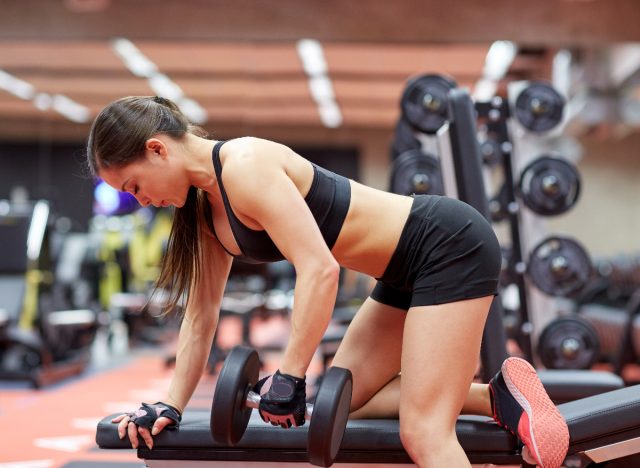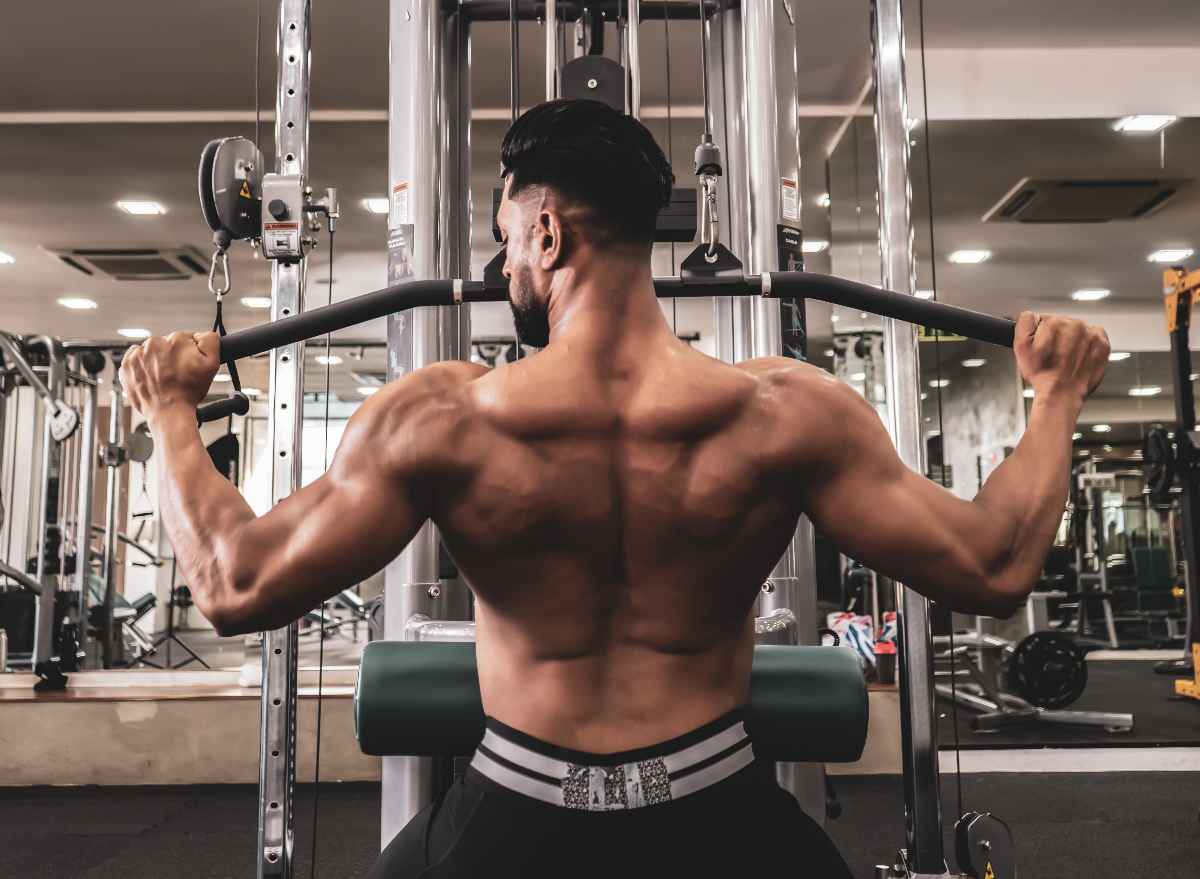Sculpting a muscular back with definition and size is no small task. You need to lift heavy weights using pulling motions to build up your back muscles. Pull-ups are among the most effective exercises for building muscle in the upper back and lats, which are the key muscles you need to target. Unfortunately, pull-ups are not suitable for everyone. But don’t fret, because these six pull-up alternatives can help you build a bigger back.
Newer fitness enthusiasts may struggle to do a single repetition and thus cannot start with standard pull-ups. In addition, shoulder injuries and other injuries can affect your ability to safely perform pull-ups—especially as you age. Thankfully, there are great alternatives to pull-ups that will give you a massive back and help you build impressive arm muscles.
Whether you are not yet strong enough to complete pull-ups, or you have an injury that prevents you from doing them, you can still build your back muscles. The following are my top pull-up alternatives to build a bigger back. Perform three sets of eight to 12 repetitions on each exercise with a weight that is challenging in that range. Rest for 60 to 90 seconds between sets. Complete the workout one to two times per week.

The lat pulldown is a safe and effective way to work your back muscles even if you cannot do pull-ups.
Set the pin at the appropriate weight, and adjust the pads so they are touching the tops of your thighs without excessive compression. Use a wide grip or reverse grip on the bar. Squeeze your shoulder blades together, and pull the bar down until it’s at your chest height. Slowly allow the bar to return to the starting position. Be sure to extend your arms all the way up, and use a full range of motion.

If you lack the strength to do full pull-ups but have otherwise healthy shoulders, assisted pull-ups are a solid option. You can use large rubber resistance bands or an assisted pull-up machine. I prefer the bands since they mimic a more realistic pull-up body position.
Select your assistance level and grip, which can be wide, neutral, or reverse depending on the pull-up bar options. Lift yourself all the way until your chest hits the bar. If you cannot do so, add more assistance. Then, slowly return to the starting position.
Single-arm lat pulldowns differ from standard lat pulldowns since the handle allows you to rotate your arm and hand for a more complete range of motion.
To set up, attach a single handle to the lat pulldown machine. Grip the handle overhead with an overhand grip, palm facing away from you. Pull the handle down, and rotate your hand and thumb outward as you bring it down. Finish with the handle at your chest, palm facing you.
Straight-arm cable pulldowns isolate your lats specifically.
Begin with a cable machine and a straight bar attachment coming from the top cable. Stand with your arms outstretched with just a slight bend in the elbow, gripping the bar with an overhand grip. Pull the bar downward, squeezing your lats and armpit area for contraction, until the bar makes contact with your thighs. Adjust the distance you are standing from the cable machine to find the fullest range of motion.

Dumbbell rows build thickness and definition in your upper back. You will need a dumbbell and bench or box about thigh higher.
Place one hand on the bench, and hinge forward at the waist. With your free hand, grip your dumbbell with a straight, extended arm. Row the dumbbell upward until your upper arm is parallel with your torso. Keep your shoulder from shrugging throughout the movement.
Dumbbell pullovers hit your lats primarily.
Begin this final exercise by lying on your back on a workout bench with a dumbbell. Extend your arms overhead, and hold the dumbbell vertically compared to the floor with your palms facing each other. Raise the dumbbell, keeping your arms straight until your arms are extended upward. Focus on squeezing the armpit and lat area throughout the movement.
Tyler Read


